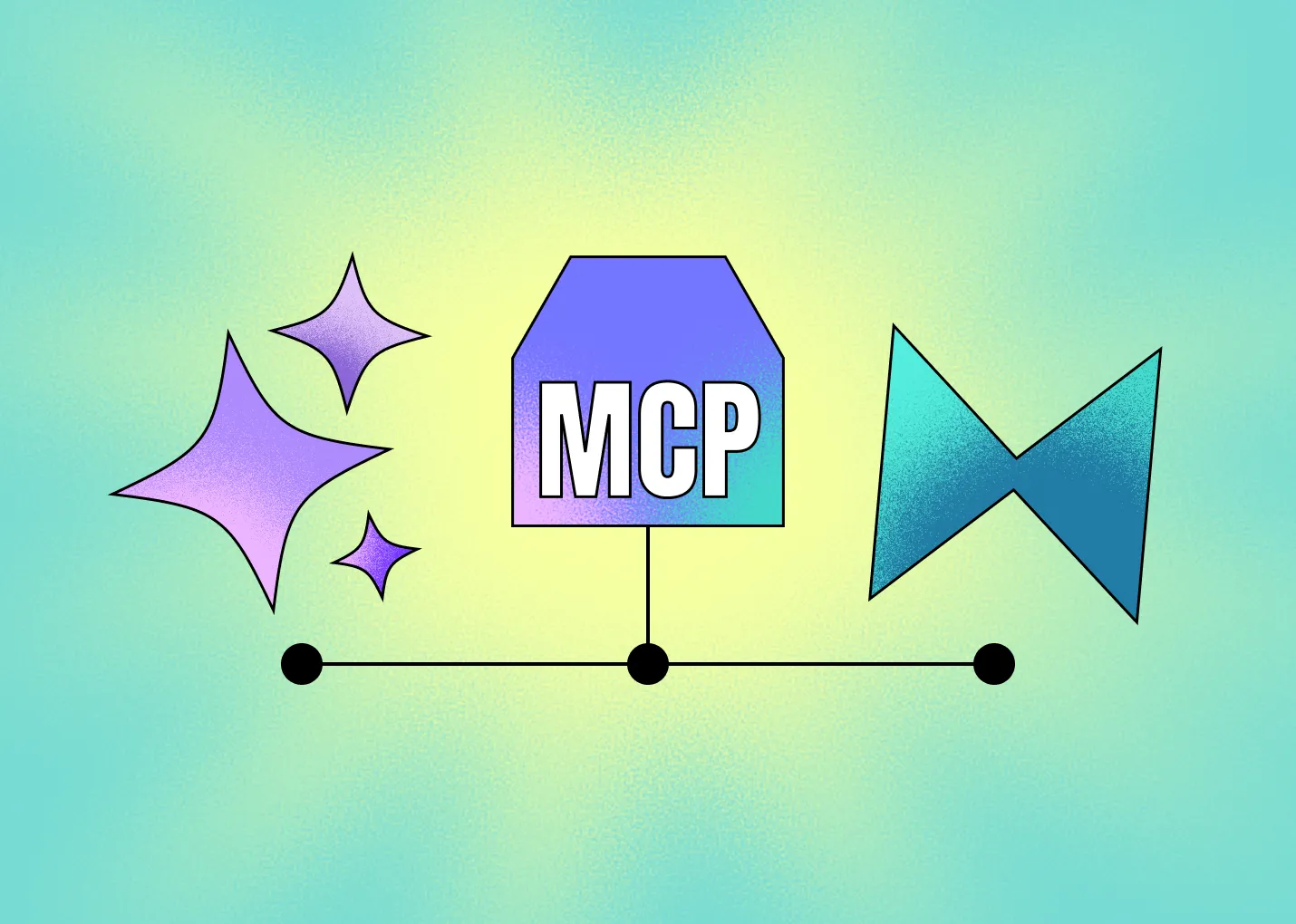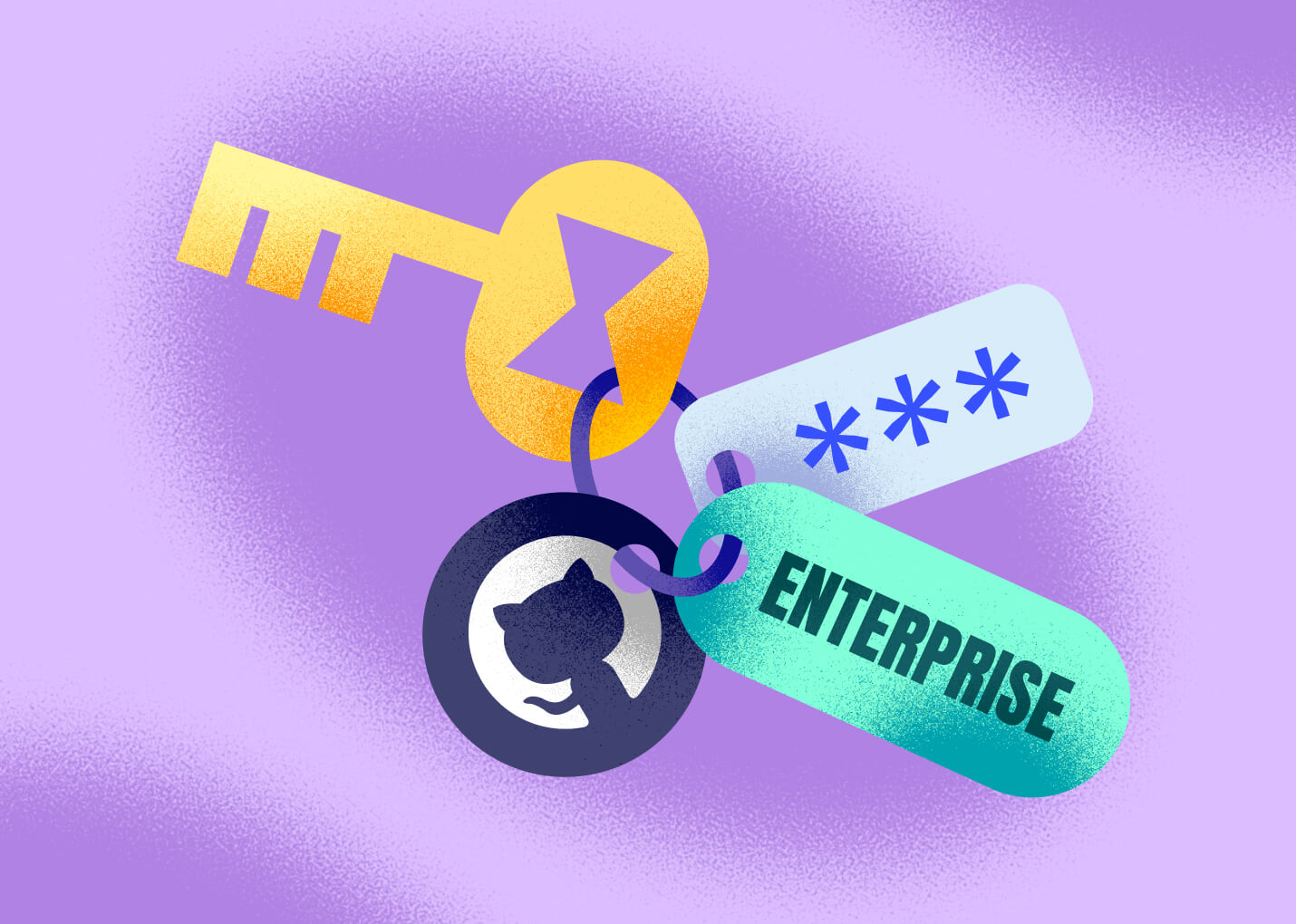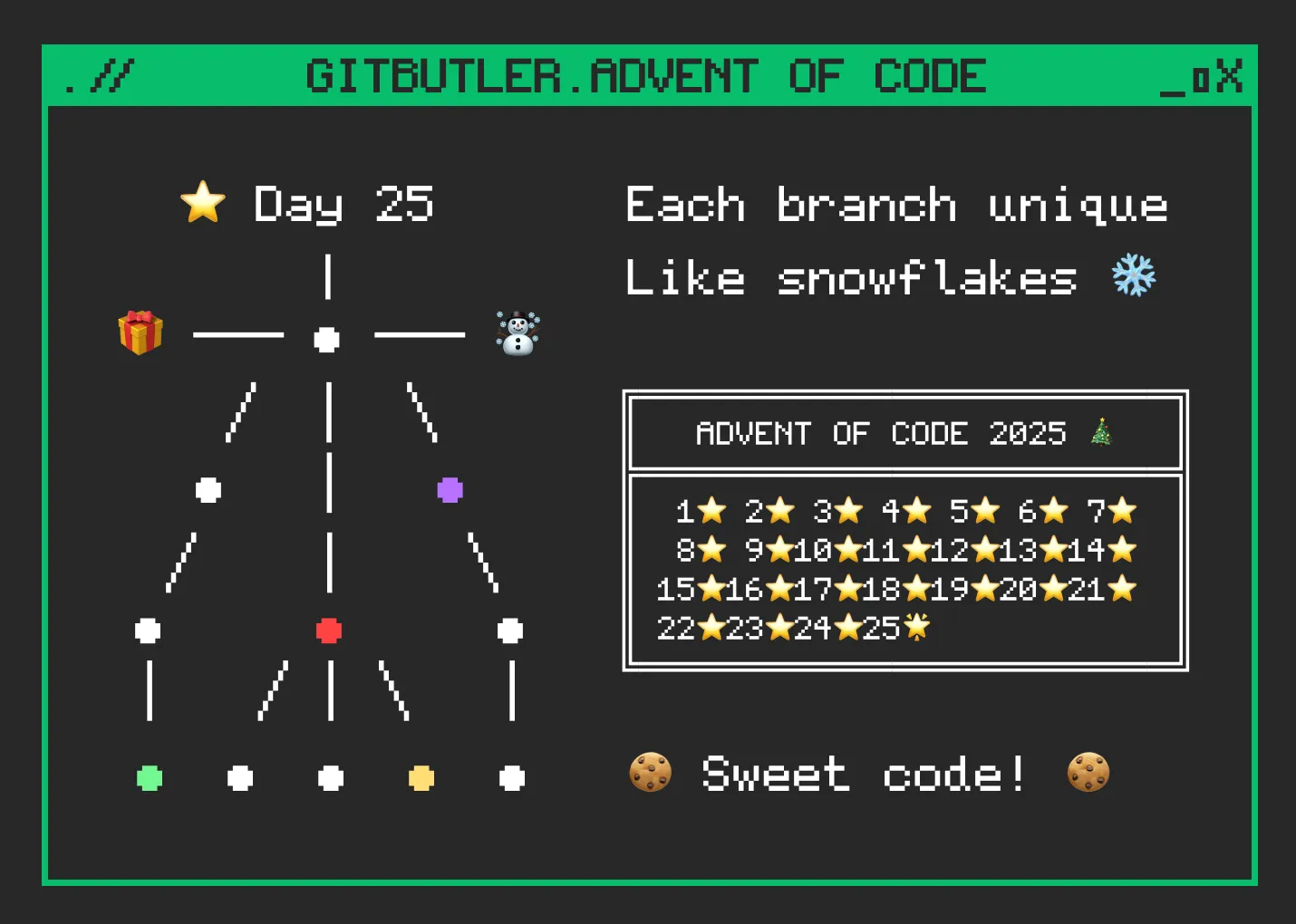Several months ago, GitButler made its client source code public on GitHub for everyone to use, learn from and contribute to.
In the weeks leading up to publicizing the source, we at GitButler debated heavily exactly how we were going to do it. On the one hand, we want our users to be able to view, learn from and borrow from our code. We want to build and develop in the open. On the other hand, we are investing heavily in the software, have investors and employees, and want to be able to build a build a profitable business on top of our product. What is the right license to use to walk this line? AGPL? BUSL?
We saw the fine folks at Sentry struggle with this issue when making the code for Codecov available and we decided to follow their lead and adopted their new Functional Source License for our code too.
This is a new style of business friendly license that includes a non-compete clause and converts to the permissive MIT license after two years. It seems like the perfect balance between freedom, openness and protection. This way we can have our source code publicly available without having to do backflips to figure out how to build a defensible business around it.
The problem then becomes what to call this type of public source code?
We can’t use “Open Source” because the FSL’s non-compete clause makes it not OSI compatible. However, we felt like “source available” was a weak and misleading phrase. Sentry and other corporations struggling with this got together to come up with a new phrase and movement to encompass this new concept of commercial public licenses and settled on the phrase “Fair Source”.
We’re excited to be one of the first companies in the world joining the new Fair Source movement.

The new fair.io website, helping companies convert their closed source to Fair Source
We hope that this will provide a better path for companies who would otherwise keep their source code closed, so they instead make their source available for their communities to read, learn from, contribute to and modify in good faith.
If your company has closed source software, I challenge you to look at the Fair Source movement and consider if you can make what you’re working on available to the world and your community in this way too. We are all makers, we all love sharing what we’ve learned with our peers and users, it benefits the broader industry, and now the barrier is lower than ever.
Join us in making more software publicly available with a new type of source code licensing that balances user freedoms with developer sustainability!
For more background on why this is needed and where we see the world of software collaboration heading, check out our sister article The Future of Open Source.
You can also read more about Fair Source and it's reasoning in this excellent blog post from Sentry or Chad's other fantastic article The Historical Case for Fair Source.

Written by Scott Chacon
Scott Chacon is a co-founder of GitHub and GitButler, where he builds innovative tools for modern version control. He has authored Pro Git and spoken globally on Git and software collaboration.



